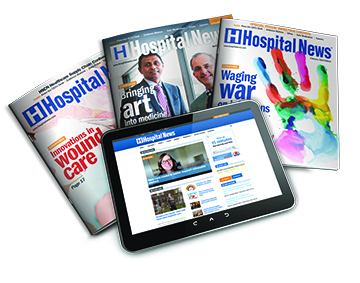Everyone across St. Michael’s Hospital – from emergency room nurses to finance staff – has access to some of Canada’s most innovative CPR training.
Unlike other CPR courses, St. Michael’s Basic Life Support program teaches CPR that is specific to the hospital, training staff to deal with cardiac arrests in their real-world environment.
“Working in a hospital, we have a high chance of being involved in a Code Blue,” says Dr. Natalie Wong, the program’s medical director. “A cardiac arrest is the wrong time to ask, ‘What should I do?’”
The program tailors lessons to each area or group. The MRI department requested specific practice scenarios because its emergency situations often differ from the rest of the hospital.
MORE:Leadership, research and renewal at St. Michael’s Hospital
The St. Michael’s CPR course is two hours shorter than that offered by the Heart and Stroke Foundation. Dr. Wong said she hopes to further cut down on in-class time by creating an e-learning module that will roll out soon.
Developed by the same group that produced Dr. Mike Evans’ “23½ hours” video, the module will provide necessary background information for the course.
“Students can do the module at their leisure before the course,” says Dr. Wong. “This means they come with a wealth of knowledge and we can get right to hands-on practice.”
MORE:Mindfulness as medicine at St. Michael’s
Research recently published in Resuscitation showed that the St. Michael’s course ensures CPR quality and skill retention because it uses audiovisual feedback defibrillators and performance reviews.
In class is only the first chance to assess students’ CPR skills. The Basic Life Support program is establishing mock Code Blues for care areas across St. Michael’s.
“Mock codes are a better, safer way to practice and assess how staff perform CPR in real-time,” explains Dr. Wong. “We’re replicating the stress of the moment in the same environment that they provide care.”
“Our program’s focus on research and quality means that results feed back directly into the program,” says Dr. Wong. “Other hospitals have come to us to model their teaching program after St. Michael’s.”
For more information on the program, please contact BLS@smh.ca.




